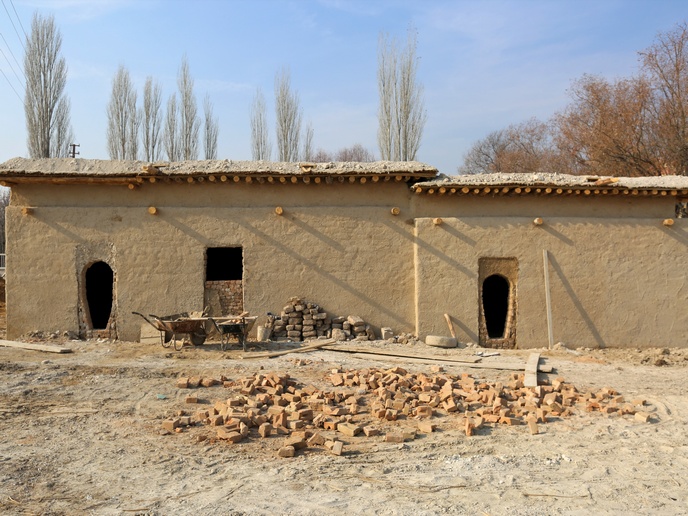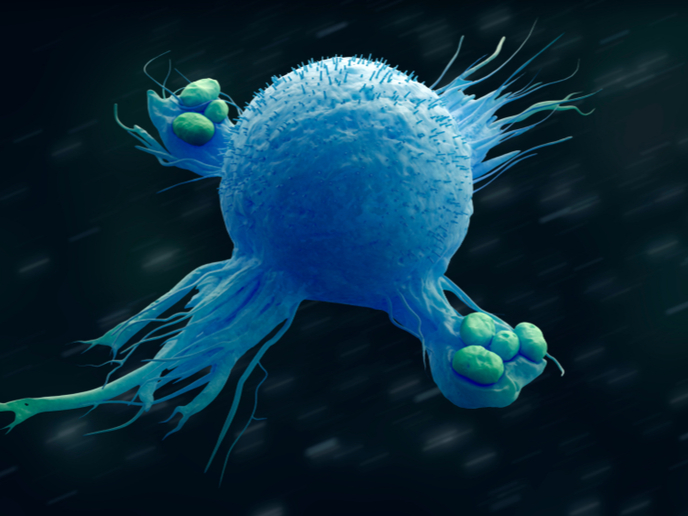Tracing genetic and cultural interactions in the Neolithic Transition
The Neolithic period was a time of great change. Around 11 000 years ago humans are thought to have started transitioning from a mobile, hunter-gatherer life to more sedentary lifestyles, eventually giving way to agriculture. This pivotal moment in human history changed the way we lived forever. What markers did it leave behind? This question was explored in the NEOGENE project, which harnessed new approaches for studying ancient genetics to piece together the story of this pivotal transition in human history. NEOGENE received funding from the European Research Council. “We were simply lucky to be in a position to apply these methods to the vast skeletal collections available to finally address some long-standing questions,” explains Mehmet Somel, an evolutionary geneticist at Middle East Technical University and NEOGENE project coordinator.
New techniques for old samples
The researchers worked with ancient human skeletal samples from Çatalhöyük, a large former Neolithic settlement in southern Anatolia, which had been excavated and curated long ago. “Of course, archaeologists and anthropologists in these excavations were long eager to know the genetic relationships among those past individuals,” adds Somel. Somel and his colleagues sought to answer these questions through the extraction, sequencing and analysis of genomic information from ancient bones and teeth. “Most of the skeletons we studied had no usable human DNA, as the molecules had totally degraded,” explains Somel. “But through persistent work, our team did manage to produce a large enough data set ready for data analysis.” Archaeologists on the team also collected material culture data from the literature, which resulted in a unique data set about Neolithic villages, such as special burial practices or tool types. The team then compared cultural similarity patterns in this data set with genetic similarity patterns.
Uncovering the evolution of social structures and cultural interactions
The team found one particularly surprising result from Çatalhöyük: In many buildings, members of different biological families were buried together and unrelated babies from the same building had more similar diets, as can be determined by isotopes. This suggests a new paradigm in kin relations emerging during this period. “One possibility is fostering or joining of members of different biological families to use the same buildings,” says Somel. “In any case, our observation supports the theory that kinship in many societies is not genetic-based.” Another major result involved gender relations. Ancient DNA studies from recent years have suggested repeatedly that European early farming societies were strongly patrilocal – that is males remained and females moved among villages. Yet the team found no evidence of this. On the contrary, Çatalhöyük people buried in the same buildings were frequently related through their maternal line, suggesting buildings were passed from generation to generation through females. “This all makes us think that in Çatalhöyük society females perhaps had more prominent roles, which has been suggested much earlier by archaeologists,” adds Somel.
Expanding the analysis to other societies
The clear message from the work, remarks Somel, is that human social organisation and culture can be extremely diverse – something he says society can often forget. “Human culture has varied and changed dramatically and incessantly, and it will continue to do so,” he notes. “Our current social structures including family and state and economic relations are anything but permanent.”
Keywords
NEOGENE, social organisation, Neolithic, agriculture, human, change, evolution, cultural interactions







